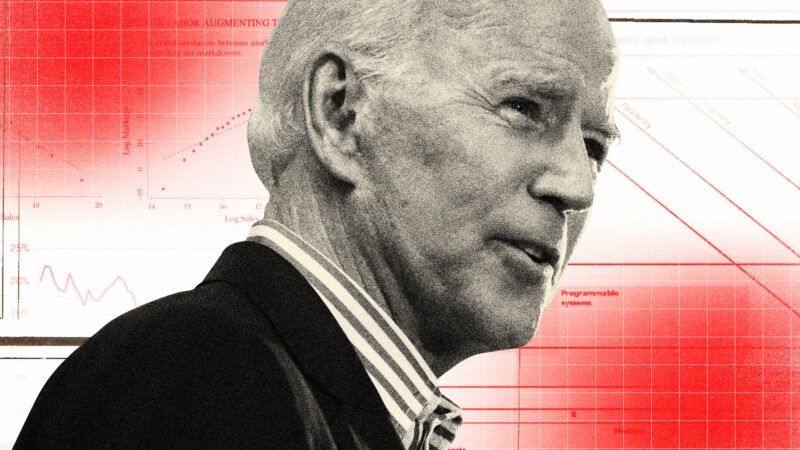Debunking Antitrust Assumptions: More Concentration in an Industry Doesn't Necessarily Mean Higher Prices
The Biden administration's antitrust policy depends too much on the dubious belief that industrial concentration leads to higher prices.

Some ideas that animate government regulators achieve what seems like universal belief purely due to the volume of repetition. For example, many proponents of antitrust regulation believe increased concentration will increase consumer prices, even though evidence does not solidly back this up.
The theory behind why concentration in a market would lead to increased prices is so ubiquitous most people could probably recite some version of it by memory. It goes something like this: A firm without enough competitors can more or less raise prices at will; with few alternatives, consumers just have to accept the price gouging and pay up.
That claim, espoused by regulators and policy makers, can often be found alongside a similar claim about profit. The White House went so far as to say, "In an economy without adequate competition, prices and corporate profits rise, while workers' wages decrease." That tired old song has also been sung by The New York Times and the Economic Policy Institute. Most recently, this claim has led many to insist that the primary driver of the inflation we have been suffering is corporate profits, or "greedflation."
Former Clinton administration Secretary of Labor Robert Reich and others have so much faith in the "greedflation" explanation that they insist the recent inflation is caused by increased concentration over the last few decades. Underlying the claim about concentration and prices is a claim about concentration and profits, which is the cost consumers pay minus the cost of production to industry. According to greedflation logic, corporate profits indicate that concentration is leading to higher consumer prices.
The problem for proponents of this theory is that studies on corporate profits and concentration are often flawed, or sometimes even find an inverse relationship to their "concentration=inflation" narrative. Out of the studies that find relationships between markups (which are essentially another way of measuring profits) and concentration, the methodology is often flawed, focusing too much on assumptions about market structure.
The Information Technology and Innovation Foundation (ITIF) ran a series of studies on myths about monopolies, one of which focused on the claim that concentration leads to increased profits. This became particularly relevant as inflation climbed and economists searched for causes.
The ITIF study examining the relationship between profits and concentration found that nonfinancial domestic profits as a share of gross domestic product (GDP) decreased when former Secretary of Labor Reich claimed concentration had increased. Profit shares are lower today than during the 1960s when antitrust regulators were far more proactive against mergers and acquisitions. Though profits are hard to measure over entire markets, the study did not find any relationship between them and the concentration in the market.
The evidence, then, does not indicate that profits, prices, and concentration have a concrete relationship. And the theory behind why they would runs into trouble when you look at the real-world practices of some feared bigger companies. In practice, accused "monopolists" such as Amazon are not often attacked for inflating prices but for harming competition by deflating prices. That's because, in reality, large firms often have the lowest prices and markups.
The claim that consumer prices increase with concentration is far from settled fact. Yet it still has been used to block mergers under the structural presumption that they will create higher profits and prices on goods and thus harm consumers. Misinformation on the relationship between concentration and profits deprives consumers of the most efficient market, so such claims should be reexamined by antitrust policy makers in light of existing evidence.



Show Comments (15)